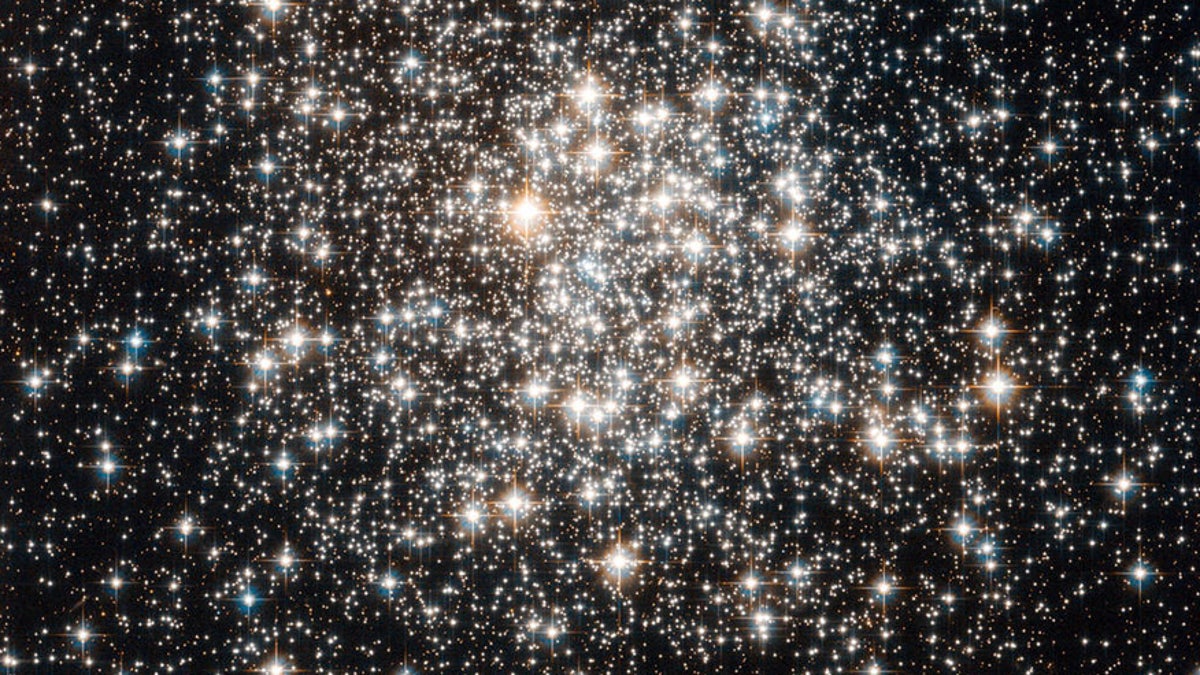
File photo - the Hubble Space Telescope has captured a crowd of stars that looks rather like a stadium darkened before a show, lit only by the flashbulbs of the audiences cameras. (NASA)
Astronomy aficionados everywhere now have the chance to help scientists hunt exoplanets.
On Monday, a team that includes researchers at MIT and the Carnegie Institution for Science, released over 61,000 astronomical observations to the general public, which includes more than 1,600 nearby stars. The database curated is the largest gathered using a technique called radial velocity, which measures a celestial body along an observer’s line of sight. The data was compiled over two decades by the W.M. Keck Observatory in Hawaii, and was released in tandem with an open-source software package and online tutorial.
In a press release on the university’s website, MIT wrote that observations were taken using the High Resolution Echelle Spectrometer (HIRES), an instrument mounted on the observatory’s 10-meter telescope at Mauna Kea.
HUGE SPACE TELESCOPE MODEL ON SHOW AT SUPER BOWL
HIRES can split a star’s incoming light into a rainbow of color components, and allows scientists to measure, “the precise intensity of thousands of color channels, or wavelengths, to determine characteristics of the starlight,” wrote MIT. HIRES can also be used to estimate a star’s radial velocity.
HIRES has observed more than 1,600 “neighborhood” stars, all within 325 light years from Earth, with observations ranging from 30 seconds to 20 minutes, depending on the measurement precision they required.
The team highlighted over 100 stars thought to host exoplanets, but that require closer inspection, according to MIT.
NEW SATELLITE SENDS 'JAW-DROPPING' IMAGES OF EARTH
Researchers have confirmed the presence of an exoplanet around GJ 411, the fourth-closest star to our solar system with a mass of around 40 percent of that of our sun. One hope is that observers will find “similarly intriguing candidates” using the database and their own observations, according to MIT, adding that observations will continue and the database will be updated with new information.
“This opens up possibilities for anyone who wants to do this kind of work, whether you’re an academic or someone in the general public who’s excited about exoplanets,” said Jennifer Burt, a Torres Postdoctoral Fellow in MIT’s Kavli Institute for Astrophysics and Space Research in the press release. “Because really, who doesn’t want to discover a planet?”
